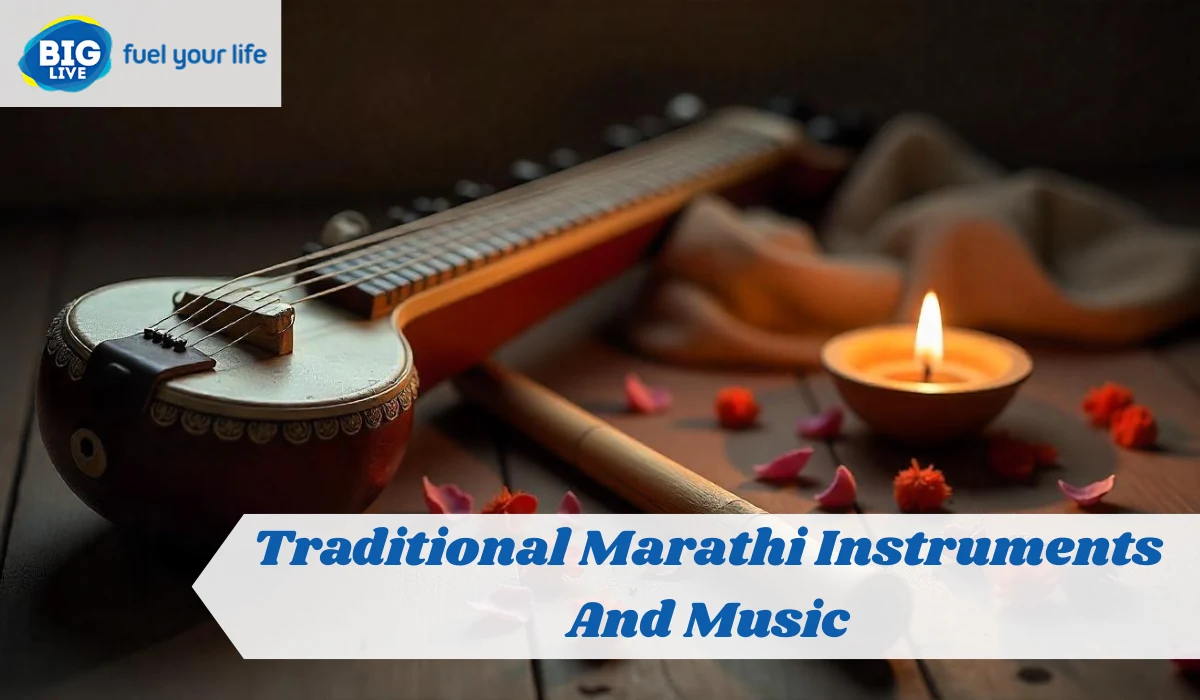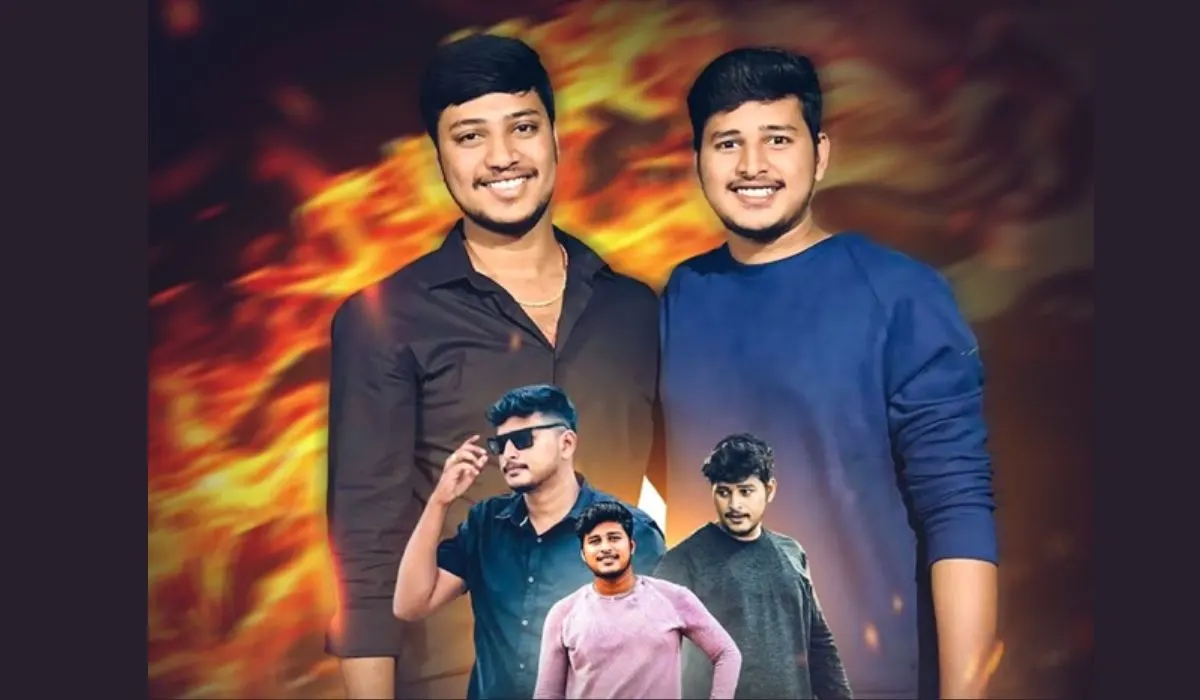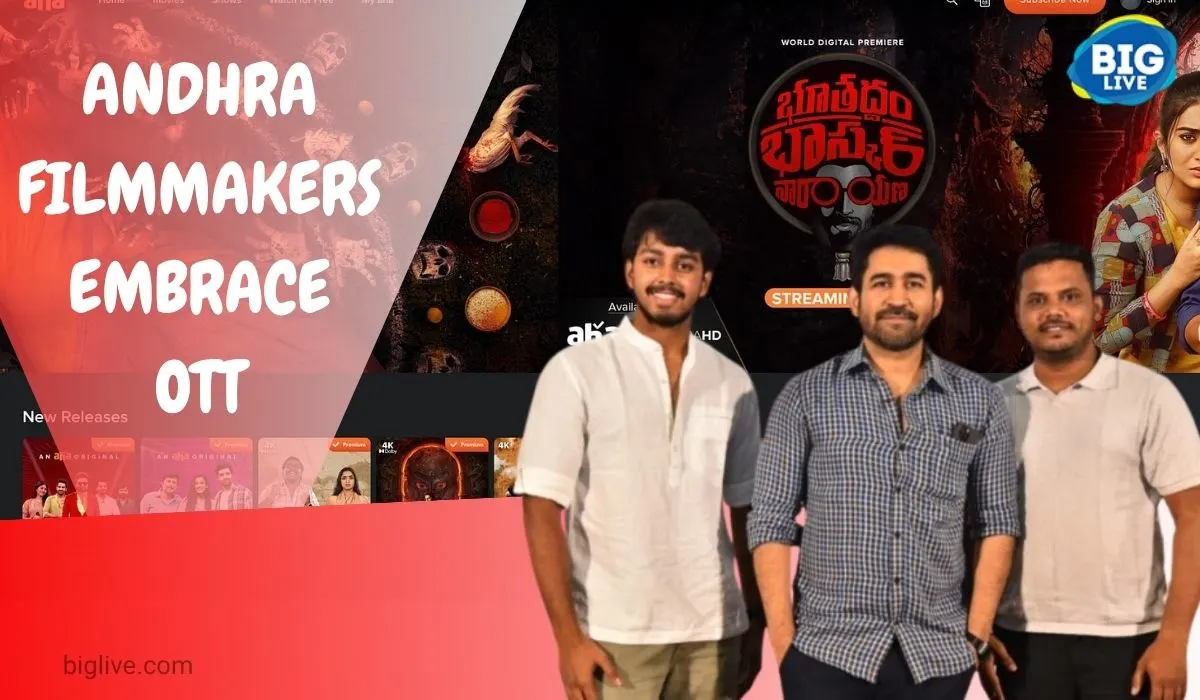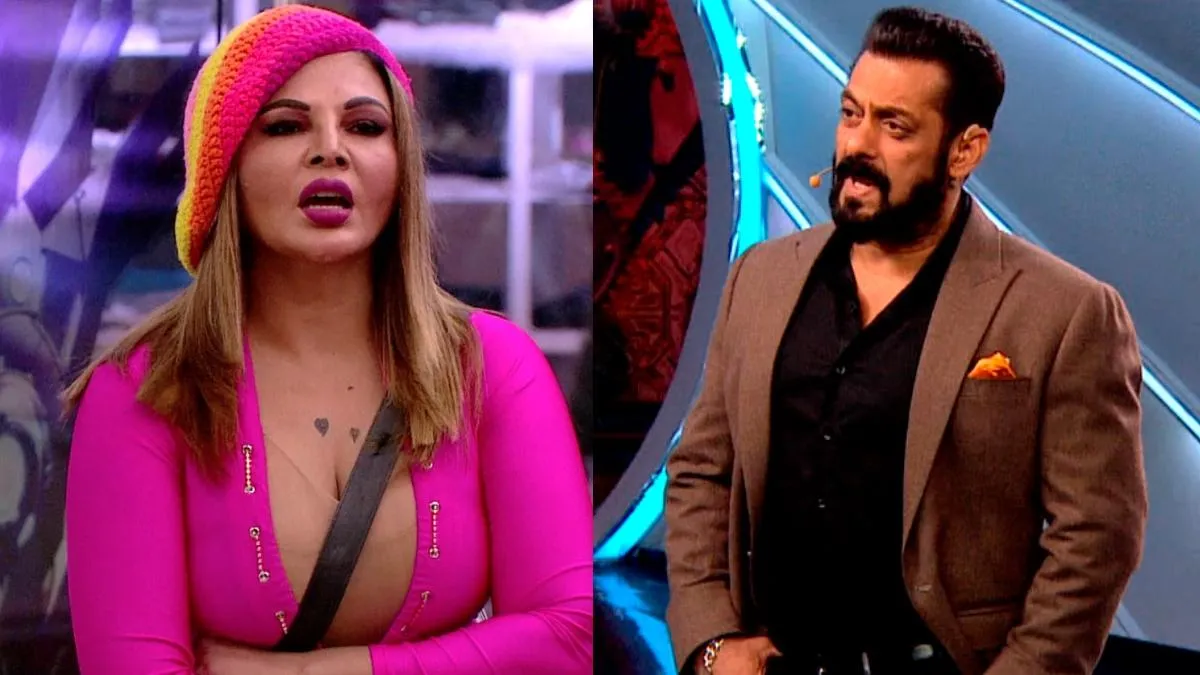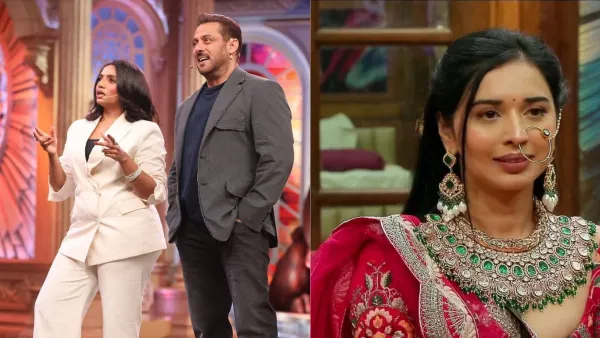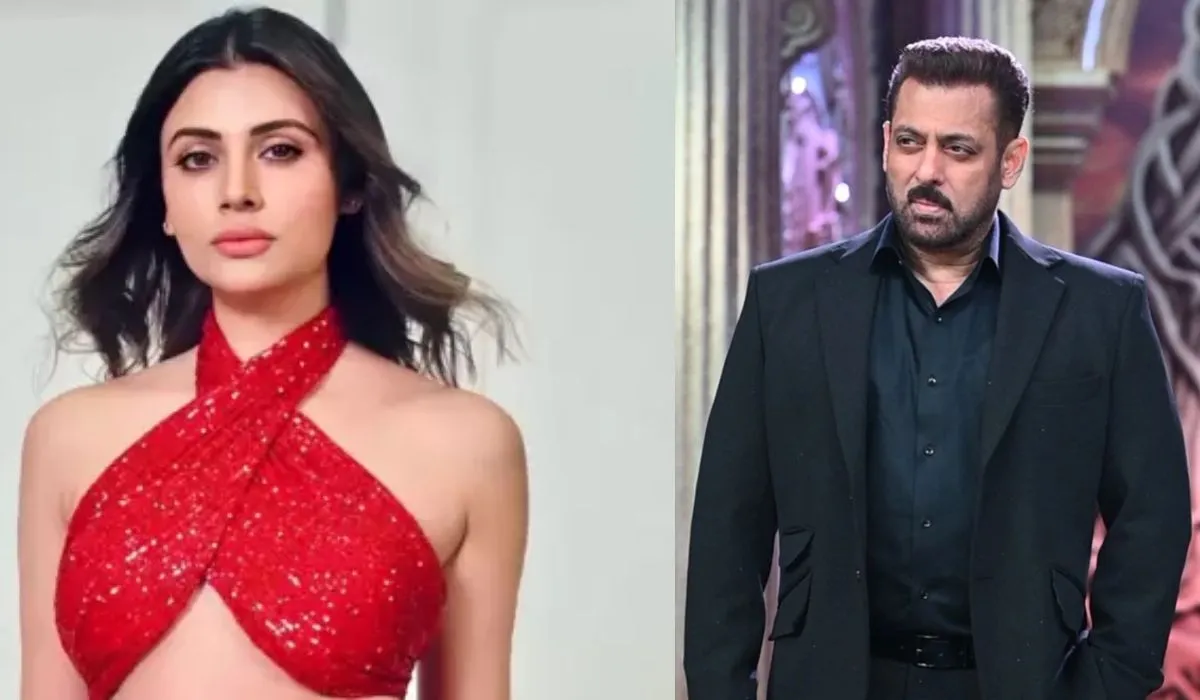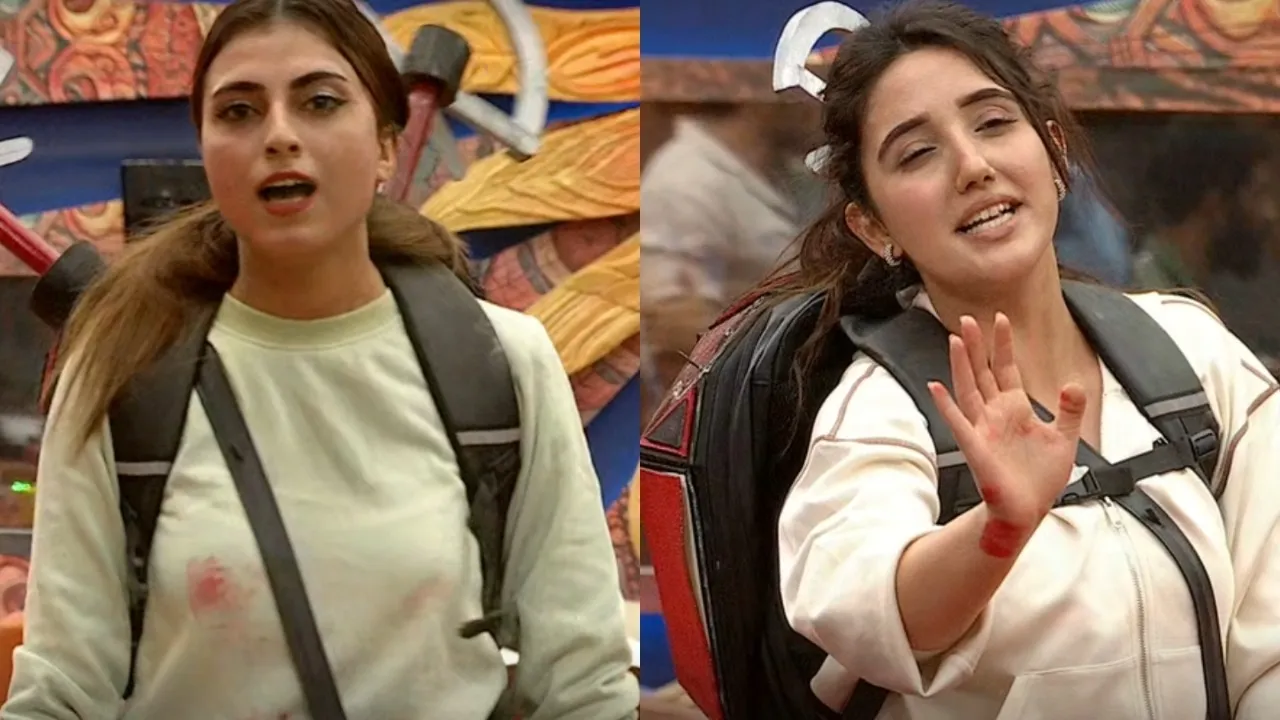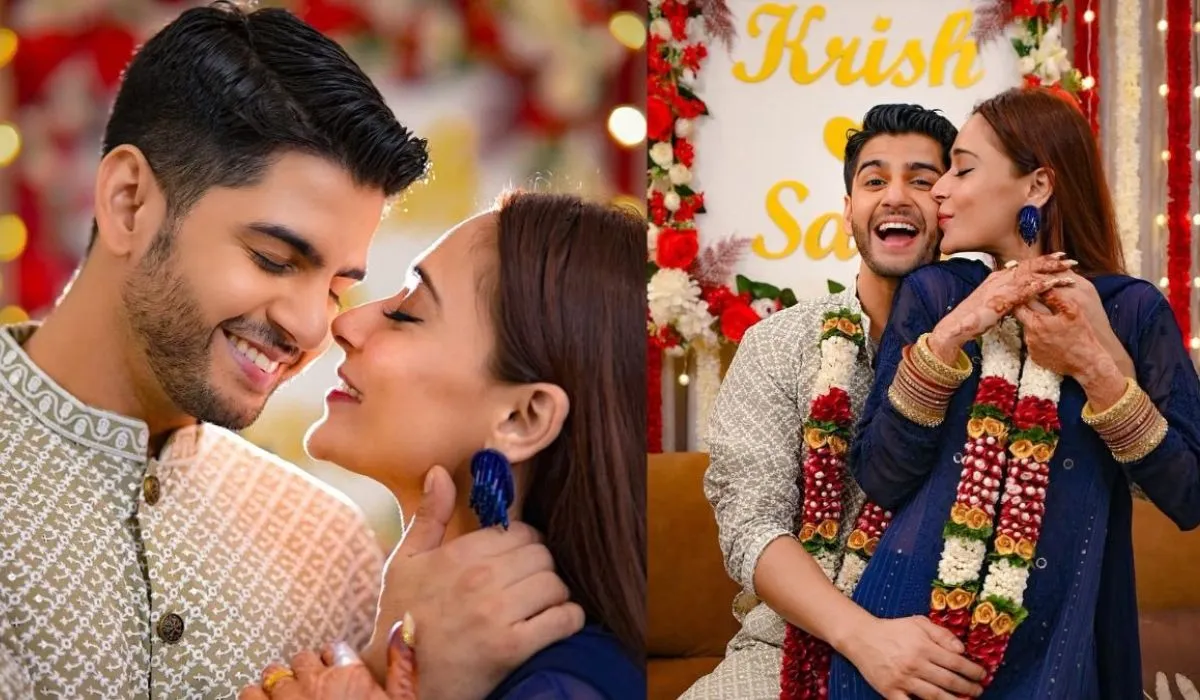Have you ever been walking down a dusty road in rural Maharashtra, somewhere between fields and forgotten temples, and suddenly heard a drumbeat? Not a song from the radio. Something, raw, Real and Alive. That’s not just music. That’s a story starting without words. In Maharashtra, traditional music isn’t just something you hear during a performance. It’s part of the air. It sneaks into weddings, temple processions, even political rallies. Sometimes it's joyful, sometimes solemn, but always it means something. And at the heart of it? Instruments that haven’t changed much in decades, maybe even centuries. Handmade. Heavy with meaning. Let’s talk about them not like a list, but like people we’ve known all our lives.
The Dholki – Not Just a Drum, It Breathes
You see this drum a lot in Lavani. But calling it “just a drum” feels wrong. The dholki has this way of pulling energy out of thin air. It sits on the musician’s lap, gets played from both sides one deep, one sharp and if you close your eyes, it feels like it’s talking. It’s not grand. It doesn’t need to be. It simply does its job keeping rhythm and holding space for dancers, singers, or sometimes, silence. In the villages, they still tighten its cords by the fire at night. That heat? It gives the leather a tone no mic can truly capture.
Tutari – The Cry Before Something Begins
A blast of sound. Sharp. Sudden. And somehow ancient. That’s the tutari for you. It’s shaped like a long, twisted horn brass, or sometimes carved from an actual horn. People used to blow it to announce a king’s arrival. Or war. Or a festival. Now? You’ll still hear it in rallies, at temple fairs, even in film openings. It doesn’t say “melody.” It says, “Pay attention. Something's about to happen.” And people do.
Sambal – Earth Under Your Feet
It’s two drums, slung across the shoulders, beaten with sticks. Simple. But when three or four men start playing sambal together, especially during a tribal dance in north Maharashtra or Vidarbha, the ground shakes a little. The rhythm cuts through whatever else you were thinking about. It’s not gentle. It’s not polite. It’s power in sound form.
Lezim – It Dances With You
Ever seen those school parades where students carry little instruments with jingles on both ends? That’s the lezim. It jingles as you move. What makes it beautiful is how much life it adds to otherwise simple dance steps. Not because it's loud but because it syncs with movement. In a way, it reminds us that music doesn’t always come from instruments. Sometimes, it comes from the body.
Tuntuna – A Whisper with a Backbone
A one-string instrument. Just one. Played while singing devotional songs or abhangas, especially during wari pilgrimages. There’s nothing fancy about the tuntuna. A wooden frame, a stretched string, and a pluck. That’s it. But it carries emotion like few others. Because it doesn’t demand attention. It just stays with the singer. A steady friend. Quietly doing its part.
When Music Lives Outside The Stage
In cities, you pay for music. You go to concerts. You wear good clothes. In many parts of Maharashtra, music just happens. Farmers sing during harvest. Women hum as they grind grain. Drums echo during temple nights. Kids beat tin boxes with sticks just to feel something. That’s music too. No orchestra. No applause. Just sound and life flowing together.
Bhakti Music – Devotion That Doesn’t Need Training
Have you ever stood among warkaris walking to Pandharpur? They sing. All of them. Not in perfect pitch, not in harmony. But together. The instruments like ektara, chipli, manjeera are barely louder than the voices. But that’s enough. They don’t sing to impress. They sing to remember. To keep faith moving, step by dusty step.
Lavani – Fire in Performance
It’s fast, full of attitude, and never dull. Lavani isn’t just music. It’s presence. It’s women taking the stage and owning it. Their songs can be flirty, political, tragic all in the same evening. The dholki leads. Anklets follow. The performer tells the story with her eyes, her hands, her hips. And the audience? Usually stunned. Yes, Lavani’s been misunderstood. Over-sexualized, even dismissed. But real Lavani raw, stage lit, dripping sweat and truth is unmatched.
Kirtan – The Storyteller's Song
A man sits on a raised platform. He’s got a tamboora, maybe a harmonium. His voice is calm at first. He tells a story from a saint’s life Tukaram, Namdev, Dnyaneshwar. Then the tempo picks up. People clap along. Some shout responses. The kirtan becomes a shared moment, not a performance. It’s part prayer, part protest, part poetry.
Are These Traditions Dying? Not Really, Just Changing.
You’ll hear it a lot “Nobody plays these instruments anymore.” But that’s not quite true. Young artists are sampling dholki beats into electronic tracks. Some rappers use powada style storytelling. Even viral reels are bringing Lavani back sometimes half jokingly, sometimes brilliantly. The old forms haven’t vanished. They’ve just shifted. And maybe that’s the best kind of survival. Not frozen in a museum. Still moving. Still messy. Still real.
Final Thought – Why It Still Matters
If you ever hear someone play a tuntuna at dawn, or see a woman doing Lavani in a dusty tent while two dholkis keep time it stays with you. Not because it’s perfect. But because it’s honest. Maharashtra’s musical soul wasn’t born in studios or on charts. It came from villages, temples, harvest fields, protest grounds. It rose out of joy. It answered grief. And somehow, even now, it still speaks. Through metal. Through skin. Through rhythm. You just have to stop and listen.



